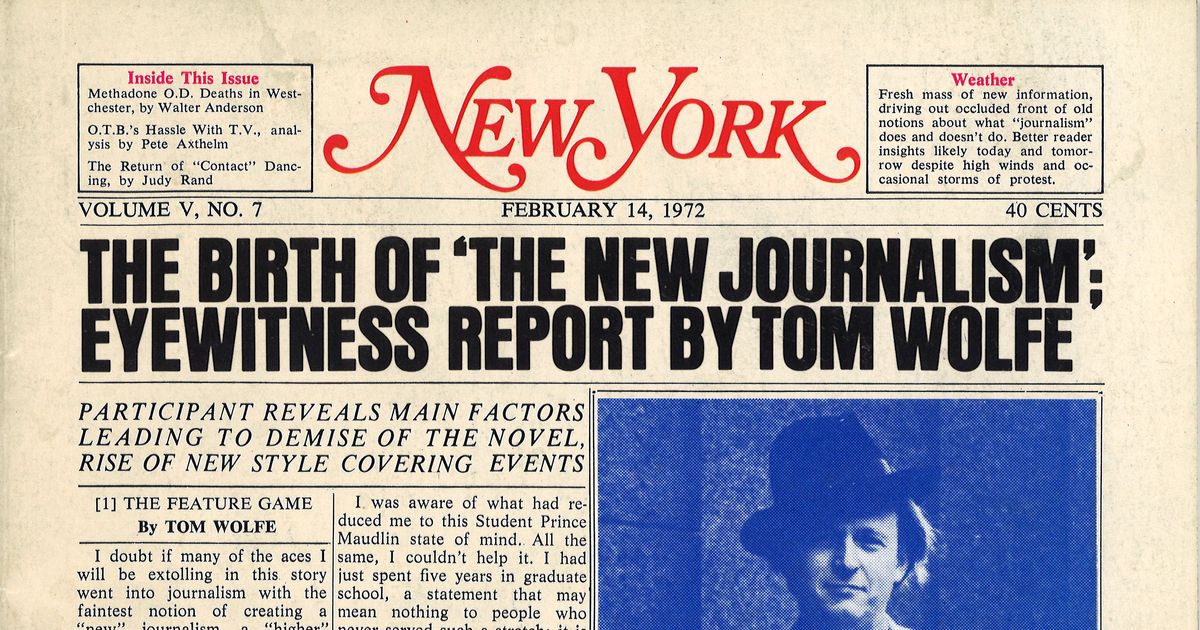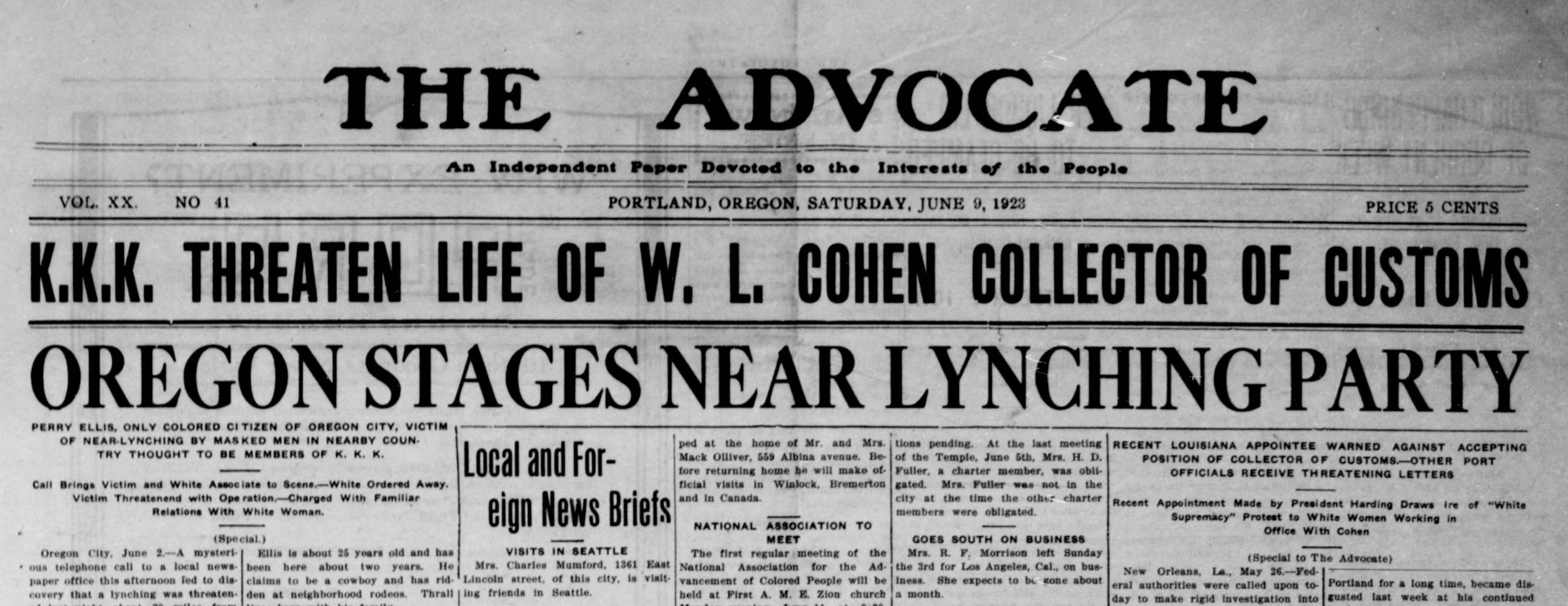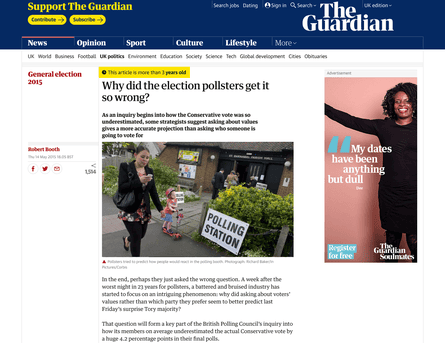Some Known Questions About News Articles.
Some Known Questions About News Articles.
Blog Article
Excitement About News Articles
Table of ContentsThe Ultimate Guide To News ArticlesExcitement About News ArticlesThe Facts About News Articles UncoveredHow News Articles can Save You Time, Stress, and Money.How News Articles can Save You Time, Stress, and Money.
Excellent expertise of various subjects provides trainees a competitive edge over their peers. Although digital and social networks are readily available, we should not forget just how essential it is to review the papers. Parents have to try and inculcate the habit of reading a paper as a daily routine to continue the tradition of the revered print medium.Information stories likewise include at the very least one of the adhering to essential characteristics about the desired target market: distance, prominence, timeliness, human passion, anomaly, or repercussion. The related term journalese is often utilized, typically pejoratively, to describe news-style writing. Another is headlinese. Papers normally follow an expository writing style.
Within these restrictions, news tales also aim to be extensive. Amongst the larger and much more highly regarded newspapers, justness and equilibrium is a significant variable in providing information.
Newspapers with a worldwide target market, for example, often tend to use a more formal design of writing. News Articles.; common design overviews include the and the United States Information Style Book.
Top Guidelines Of News Articles
As a guideline, journalists will certainly not make use of a lengthy word when a short one will do. Information authors try to avoid using the very same word a lot more than once in a paragraph (sometimes called an "resemble" or "word mirror").
Nevertheless, headings often leave out the topic (e.g., "Jumps From Watercraft, Catches in Wheel") or verb (e.g., "Pet cat female lucky"). A subhead (likewise subhed, sub-headline, subheading, caption, deck or dek) can be either a subservient title under the primary headline, or the heading of a subsection of the write-up. It is a heading that comes before the primary text, or a team of paragraphs of the primary message.

of an article topic, source, or interviewee), it is described as a pulled quotation or pull quote. Added billboards of any one of these types may appear later in the article (especially on subsequent web pages) to tempt further analysis. Journalistic sites occasionally use animation strategies to exchange one billboard for another (e.g.
9 Easy Facts About News Articles Explained
Such billboards are likewise used as reminders to the short article in other areas of the magazine or site, or as advertisements site link for the item in other publication or sites. News release of the Swiss government. Typical structure with title, lead paragraph (recap in vibrant), various other paragraphs (details) and call info.

Instance of a hard-lead paragraph NASA is recommending an additional space task. The budget plan demands about $10 billion for the job.
An "off-lead" is the 2nd most important front web page news of the day. To "bury the lead" is to begin the article with background details or information of second relevance to the viewers, forcing them to review more deeply right into a post than they should have to in order to discover the necessary factors.
Some Known Incorrect Statements About News Articles
Usual usage is that one or 2 sentences each develop their own paragraph. Reporters typically describe the organization or structure of a newspaper article as an inverted pyramid. The vital and most interesting aspects of a story are put at the beginning, with supporting details following in order of lessening relevance.
It allows people to check out a topic to just the depth that their curiosity takes them, and without the imposition of details or subtleties that they can think about irrelevant, however still making that details offered to much more interested viewers. The inverted pyramid structure likewise makes it possible for posts to be trimmed to any arbitrary length throughout design, to fit in the room offered.
Some authors start their tales with the "1-2-3 lead", yet there are many sort of lead readily available. This format invariably starts with a "5 Ws" opening up paragraph (as defined over), complied with by an indirect quote that serves to support a significant element of the initial paragraph, and after that a direct quote to support the indirect quote. [] A twist can refer to multiple points: The last story current broadcast; a "satisfied" tale to finish the show.
Longer short articles, such as magazine cover articles and the pieces that lead the inside sections of a paper, are understood as. Function stories differ from straight news in a number of methods.
The 30-Second Trick For News Articles
The journalist often information communications with meeting subjects, making the piece extra individual. An attribute's initial paragraphs typically associate an intriguing minute or occasion, as in an "unscientific lead". From the particulars of an individual or episode, its sight rapidly broadens to generalizations concerning the story's subject. The area official website that signifies what a feature is around is called the or billboard.

The Editor's Toolbox: A Recommendation Guide for Beginners and Professionals (2001) Allan M. Siegal and William G. Connolly. The New York City Times Manual of Design and Use: The Authorities Style Overview Utilized by the Writers and Editors of the World's The majority of Authoritative Paper (2002) M. L. Stein, Susan Paterno, and R.
Report this page